Jamavar, named after a type of Kashmiri shawl, is the flagship restaurant of the Leela Palace hotel and serves Indian cuisine from Goa and beyond. The dining room was completely refurbished in 2012 and is quite smart, with large, generously spaced tables. Currently it is reached via the all-day restaurant that serves mostly a buffet selection. It has an outside terrace overlooking the swimming pool and gardens. By late 2019 Jamavar is likely to be moved to a new location within the site closer to the sea.
One nice feature of the kitchen here is that, with a little notice, they will make you just about any dish you desire, so you are not restricted to the menu, extensive though that is. So if you crave some particular Indian dish then just give them a day’s notice and they will rustle it up for you. For example if you want to try sorpotel, the vinegary Goan pork dish of Portuguese origin that is usually cooked at Christmas (about a quarter of Goan citizens are Christian), then this can be arranged. The executive chef is Kayomark Bharucha, but we mostly interacted with Santos Kumar, the senior sous chef, who has worked here for two decades and came around the dining room each evening, interacting with his customers.
There was a wine list that rather lazily omitted vintages. Indian wine duties are a Byzantine affair, varying from state to state, with some places adding VAT and others not. In Goa there are nine separate excise rates depending on the wholesale price of the wine, and for pricier bottles the excise duty can be over £20 a litre. Consequently wines in India are rarely cheap. The list here ranged in price from INR 3,295 (£36) to INR 18,995 (£208). Sample references were Santa Rita 120 Sauvignon Blanc at INR 3,595 (£39) for a bottle that you can find in a UK high street for £7, Peter Lehman Unoaked Chardonnay at INR 5,695 (£62) compared to its retail price of £10, and Antinori Tignanello at INR 18,995 (£208) for a bottle that will set you back £99 on average, though this differs substantially by vintage. Kingfisher beer is an alternative.
Popadoms in various styles appear at the start of the meal, along with a mango chutney, mint chutney and a mostly lime pickle. However the pickles here are not the contents of a jar that so often turn up in Indian restaurants in the UK. These are made from scratch in the kitchen, and the effort pays off: the mango chutney had lovely, rich flavour, a gentle hint of spice and was a world apart from a jar of Sharwoods. It was probably the best mango chutney I have tasted. Similarly the lime pickle was lovely, with a complex flavour.
We tried many dishes across the week. Fish tikka was locally caught snapper marinated with spices and cooked in the wood-fired tandoor, which gave a pleasing hint of smokiness to the fish. This had lovely flavour, the fish caught locally and the spices nicely lifting its natural flavour (15/20). Crab tikki was rather less interesting, little discs of crab and potato that certainly had plenty of crab flavour but was rather crumbly in texture (13/20). Chicken kurchan came with a rich, buttery sauce and was enjoyable, with the mildly spicy sauce having capsicums, onions and tomato and complementing the meat well (15/20). Tandoori prawns were impressive, a quartet of large shellfish that had been very carefully cooked and were very tender, the spiced marinade nicely setting off their flavour (15/20). The breads were good here too, with naans soft and supple, and romali roti made quickly to order and having excellent texture (15/20). Aloo gobi retained the texture of the vegetables well, the spices nicely balanced (15/20).
Over the course of the week we tried much of the menu, with some off-menu dish creations as well. One example of the latter was methi chicken, the classic curry made with fenugreek. Here the use of fresh fenugreek leaves rather than powder meant that the flavour of this distinctive spice really came through (14/20). Tandoori lamb chops were pleasant though not the very best I have eaten, in this case the lamb being from New Zealand. They certainly had a nice spice mix and were fairly tender, but were not in the league of those at Madhus at the Sheraton, never mind the sublime version at Kutir (13/20). It is a measure of how much Indian food has developed in the UK over the last couple of decades that the very best London restaurants are now able to compete with top restaurants in India like this one. A variation of fish tikka with a coating of coriander was excellent, the fish again having good flavour (15/20).
Fried prawns with a coating of sesame seeds was an excellent starter dish, four generous prawns beautifully cooked and served with an onion salad. It is not easy to cook such large prawns well, but here they were tender and delicious, with a quite spicy kick (16/20). Tandoori potato was an interesting idea, the potato having a mixed vegetable and spice stuffing before being cooked in the tandoor. It was not the most exciting dish of the week, but it was different and was perfectly pleasant (13/20). Prawn curry had a tomato based and quite mild spicy sauce, the shellfish cooked well (14/20). Lobster tikka was a lovely creation, the lobster meat cooked in a tandoor and then reassembled and presented within a lobster shell. The meat was beautifully tender, having taken on the gentle spices of the marinade and a hint of smokiness from the wood-fired tandoor (17/20). Black dhal was impressive, a dark, brooding creation with thick texture with a hint of smokiness (16/20).
The dishes described above were eaten across a series of meals, so the exact price varied from night to night depending on what we tried. A typical cost per head was around £50 including beer to drink. In general prices were pretty fair, with a premium for certain particular dishes such as the lobster. For example murgh malai tikka was INR 895 (£9.79) for six generous pieces of chicken, and a Goan prawn curry main course was INR 995 (£10.88), with a basket of different bread just INR 125 (£1.37).
Peri-peri prawns had a red masala marinade, the prawns then grilled for a few minutes. The seafood was carefully cooked and the prawns had absorbed the marinade, granting them a gentle spicy kick (14/20). Peri-peri, incidentally, is a particular cultivar of chilli that was brought from the Caribbean to Mozambique by the Portuguese, and then introduced to Goa, which was under Portuguese influence from when the first Portuguese explorers landed in 1497 through to their expulsion in 1961.
Raan is a slow-cooked lamb dish where a leg of lamb is marinated in spices and then slow cooked, in this case for four hours. The meat was certainly very tender, falling easily off the bone, though for me i did not have enough spicy flavour. By comparison, the raan I had a year earlier at the Taj Lake Palace was better. Nonetheless it was certainly tender and enjoyable (14/20). A channa masala had tender chickpeas and a rich, dark, smoky sauce (14/20).
Chicken biryani was served in a dish without a pastry cap, but the rice was fragrant and the meat avoided dryness (14/20). A side dish of spinach and mushrooms was very good, the spinach flavour coming through well and enhanced by plenty of garlic (15/20). Chicken vindaloo had a dark, rich sauce that was a mahogany colour. Unlike British versions that just ladle in extra chillies, this version, although spicy, uses vinegar so has a slightly sour note. It was enjoyable and interesting (14/20). Vindaloo, incidentally, is a Goan dish, with its origins dating back to the Portuguese that once colonised Goa; they used to marinate meat in wine vinegar and garlic, and this was adapted into what is now vindaloo. The name itself is based on the Portuguese dish “vinha de alhos”
Portion sizes here are large so we rarely made it to dessert. However I should mention the outstanding, gulab jaman. This classic dessert, spheres of milk solids in syrup, can often be over-sweet but with this one the sugar level was spot on, the texture excellent and the juices, flavoured with saffron, lovely (16/20). The bill size obviously depends on your order (some dishes like the lobster are pricier than others) but was typically £50 a head including beer for more food than a sensible person could eat. The waiters were friendly and professional. This is a lovely restaurant where the tandoori dishes in particular, such as the murgh malai tikka and the tandoori lobster, are top notch. However the standard is generally high across the range of the extensive menu.
Further reviews: 01st Jan 2009














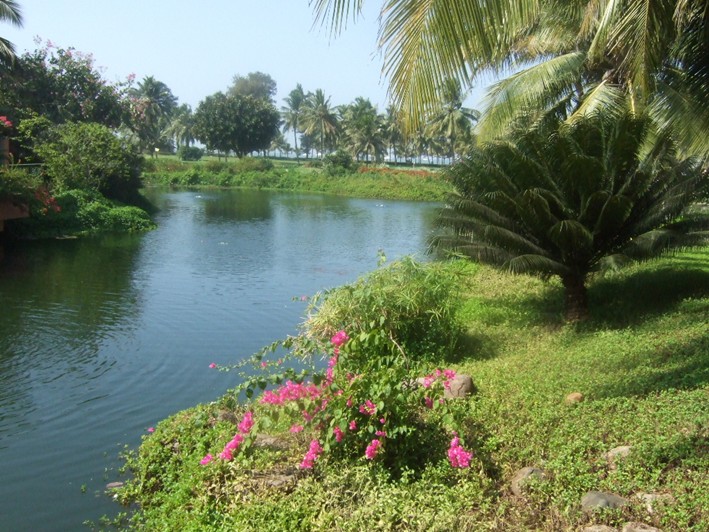
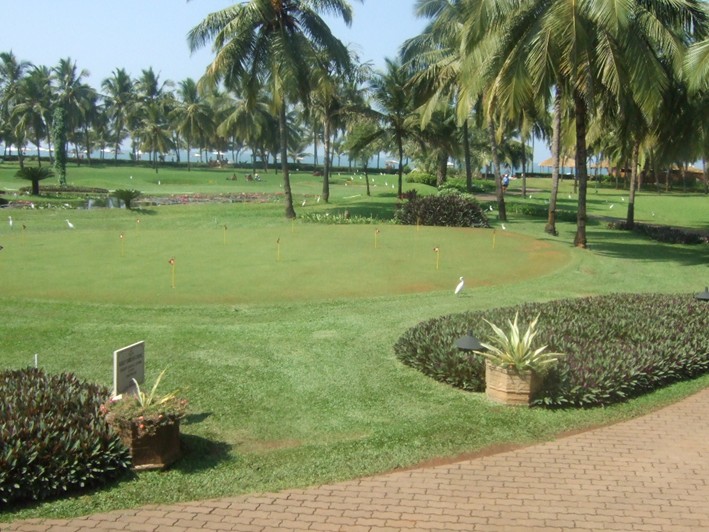
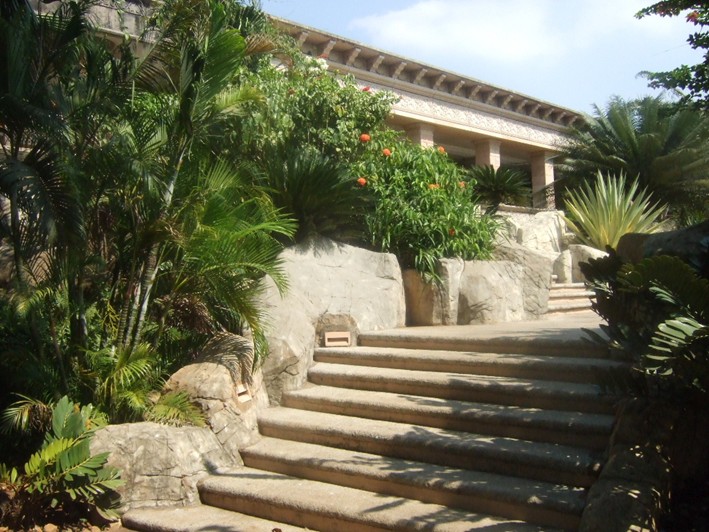
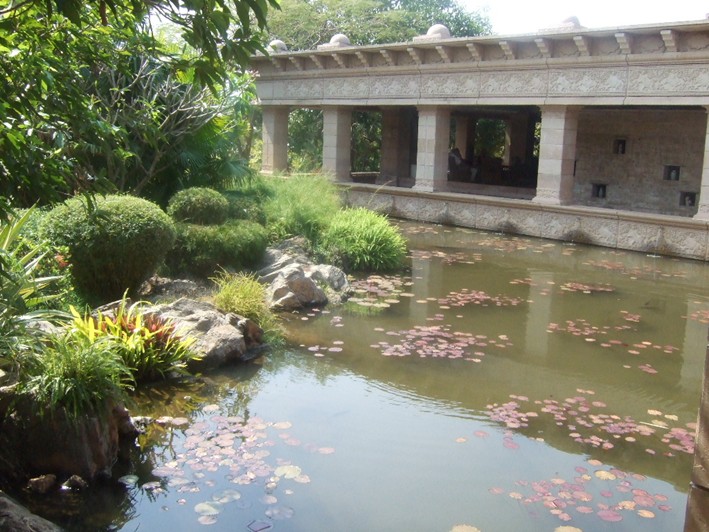

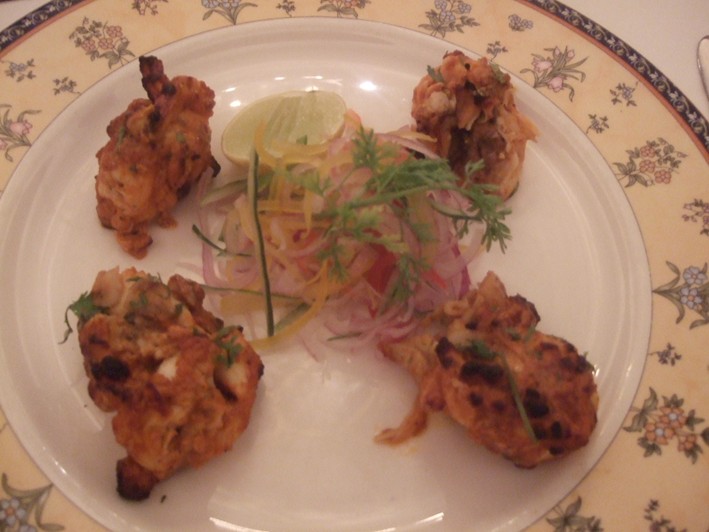
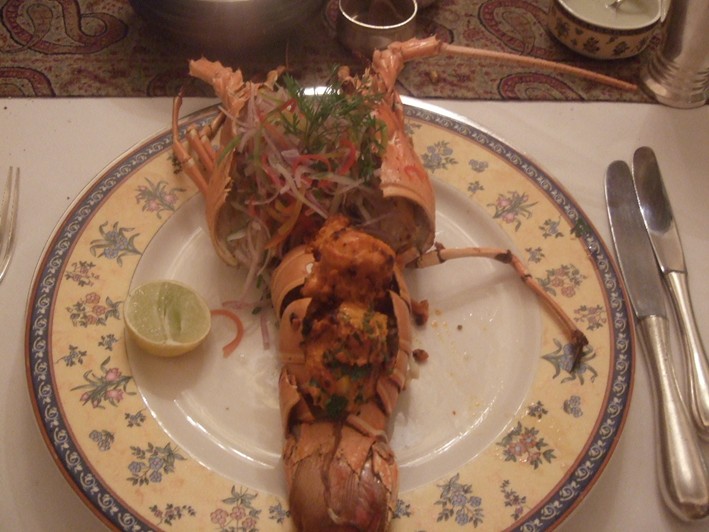
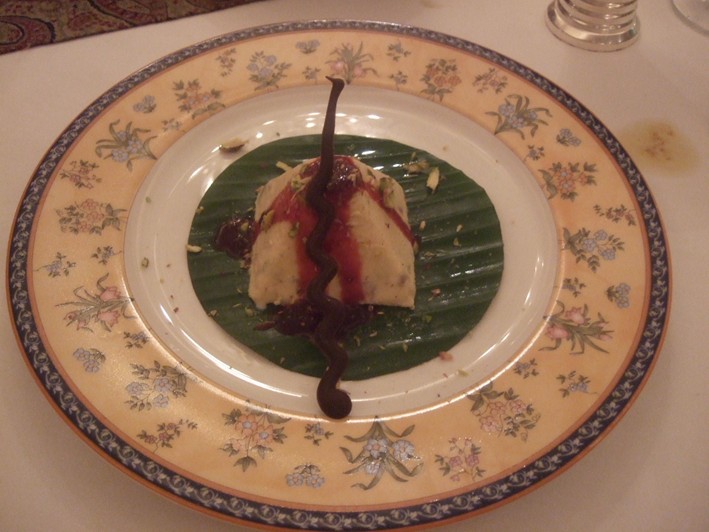
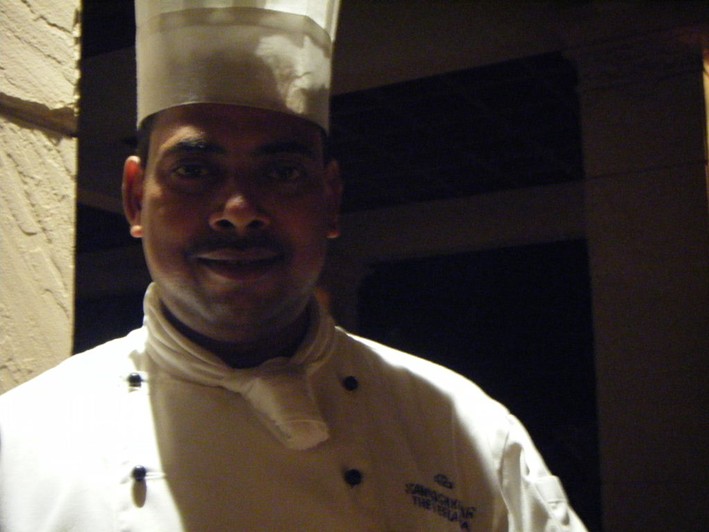

Add a comment
Thank you for submitting your comment, this will be checked and added to the website very soon.
User comments